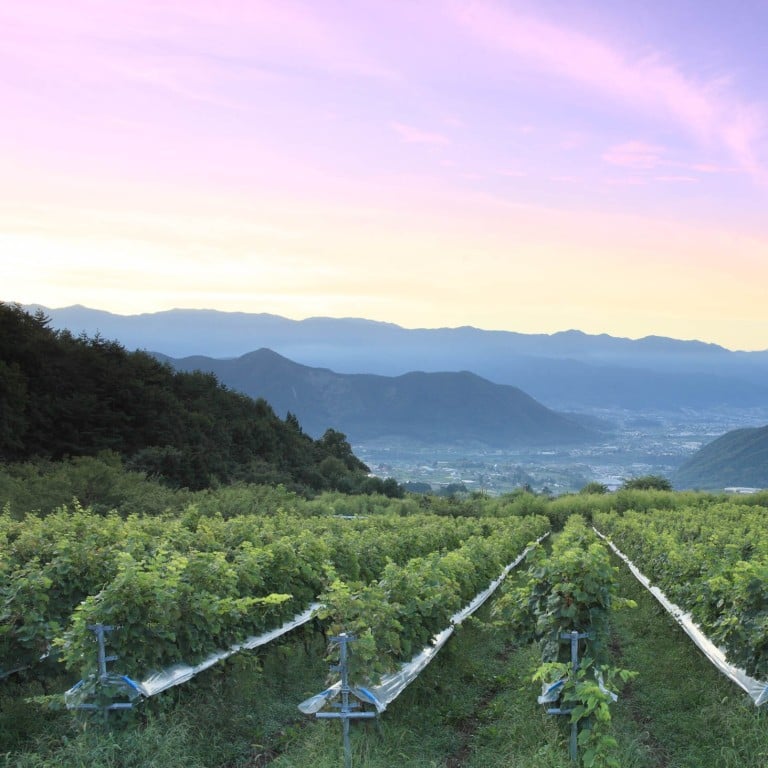How did Japan become the world’s latest serious wine frontier?

Wineries in Yamanashi, the most important of Japan’s four major wine regions, are betting on native grape variety koshu, writes Elin McCoy
Inside a 19th-century silk merchant’s house in Katsunuma, Japan, about 70 miles west of central Tokyo, the three Aruga brothers are pouring several white wines in their timbered tasting room. All are made at their Katsunuma Jyozo winery under the Aruga Branca label from the country’s unique grape variety, koshu, and all are delicious: one is elegant and sparkling; another fresh, bright and lemony; a third succulent and tangy; still another savoury and smoky; and a fifth barrel-fermented version is round, rich and smooth.
Though many grapes are grown in Japan, wineries in Yamanashi, the most important of Japan’s four major wine regions and where Katsunuma is located, are betting on native variety koshu

About 15 years ago, when an Aruga Branca bottling won medals in a French wine competition, Bernard Magrez of famous Bordeaux chateau Pape Clement was so intrigued, he proposed a joint wine project that introduced koshu to France. Now third-generation winemaker Hiro Aruga, who studied and worked in Burgundy, has joined his father Yuji, and is experimenting to create wines of even higher quality.
Aruga Branca is part of the vinous revolution that’s making Japan the world’s latest serious wine frontier. Since 2010, koshu has been on OIV (International Organisation of Vine and Wine) list of varieties, so it can be displayed on labels in Europe. To ensure quality, government regulations were enacted last year to restrict labelling of Japanese wine to vintages made wholly in the country, from vine to barrel. The volume of exports rose nearly 30 per cent from 2015 to 2017 – from 45,000 litres to 58,000 litres, according to the National Tax Agency. Ambitious vintners anticipate more demand during this year’s Rugby World Cup and next summer’s Olympics.
Though many grapes are grown in Japan, wineries in Yamanashi, the most important of Japan’s four major wine regions and where Katsunuma is located, are betting on native variety koshu. “The grape is ideal for Japan’s humid, rainy climate. It’s thick-skinned and resistant to rot,” says Aruga.

The vineyards are unusual. At nearby Lumiere, which claims to be the oldest family-owned winery in Japan (established in 1885), koshu vines look like small trees, with branches spread-eagled on wires six feet off the ground to create a pergola. Folded paper hats are tied over hanging bunches like miniature umbrellas to shelter grapes from rain.
Japan’s enticing whites fit neatly with the latest global wine trends. Koshu wines have floral aromas and delicate, distinctive flavours (of yuzu, savoury minerals), naturally low alcohol levels (11 to 12 per cent), and they’re exotic but not odd, like, say, Georgia’s rkatsitelli which hasn’t truly taken off. The name koshu is easy to remember and pronounce. Plus, they’re perfect matches with popular Japanese mainstays sushi and sashimi.
I spent a few days in Yamanashi, a 90-minute train ride from Tokyo. It’s home to 81 of the country’s 300 wineries, and has a thousand-year history of grape growing and nearly all Japan’s plantings of koshu.